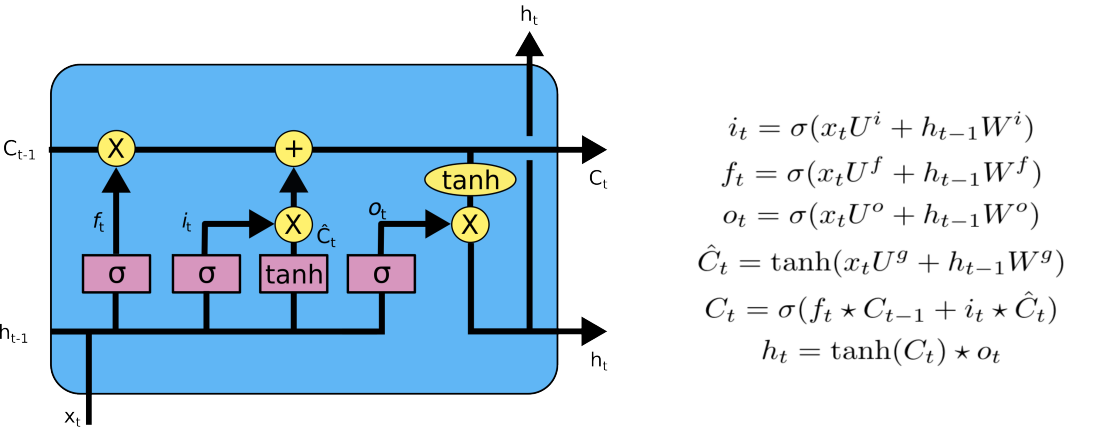LSTMs for Nonlinear time-series data; a Tutorial
prepared by Tom Simson

In this Python tutorial, prepared by Thomas Simpson, PhD candidate at the SMM Chair, we demonstrate use of LSTM Networks for Identification of Nonlinear Dynamic Systems.
This tutorial is derived from work carried out in the following publication: external page Machine Learning Approach to Model Order Reduction of Nonlinear Systems using Autoencoder and LSTM Networks
LSTM neural networks are a powerful tool for modelling nonlinear sequence data. They are a form of recurrent neural networks specifically designed to better deal with long term effects. In this demonstration, which is specifically targeted to nonlinear system identification problems, we demonstrate how to use an LSTM network for such a system ID problem, we take a dataset from a series of experiments carried out at the Los Alamos National laboratory. The experiment involves a 3 story shear frame structure excited by ground motion applied by a shaker, with nonlinearity intoduced to the system via use of a bumper between the 2nd and 3rd storey. For each experimental setup we have a known input acceleration time history applied to the base and uni-axial accelerations are measured at each floor of the structure.
For the given experimental setup, the dataset contains 50 repeated runs with different random time series used for the ground motion. The system ID problem consists in using the 1 dimensional forcing input to predict the 3 dimensional acceleration time series response at each of the floors
read more here